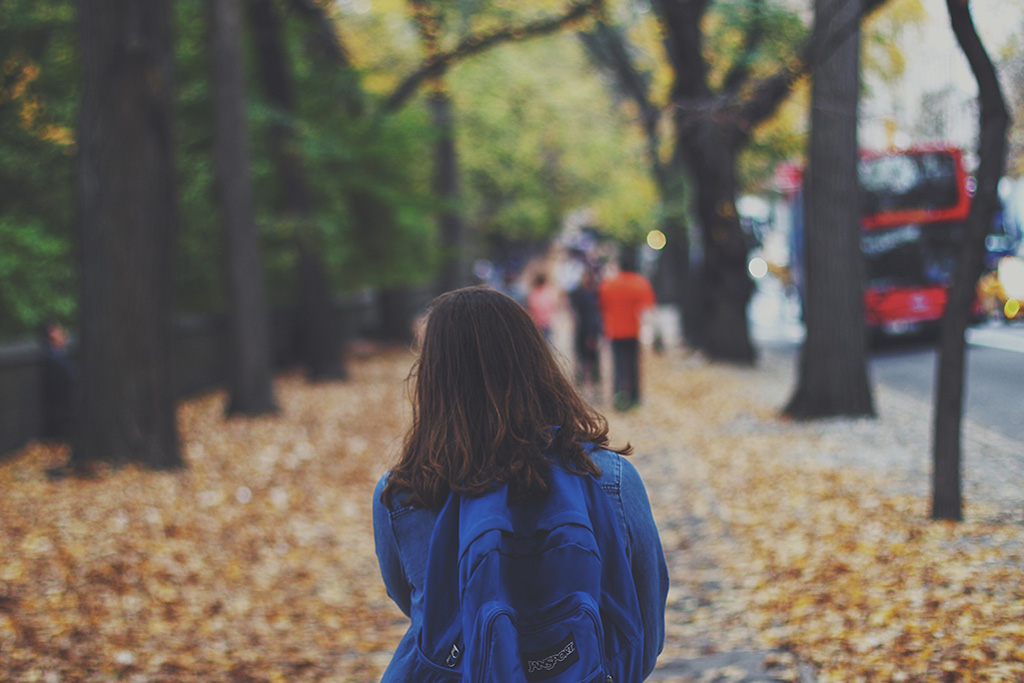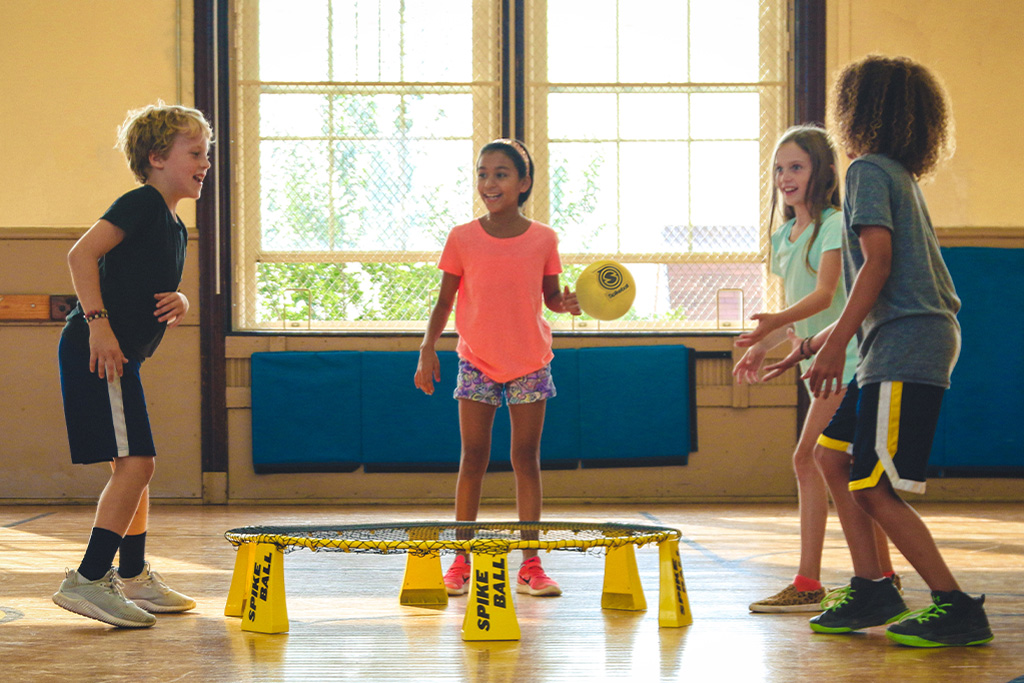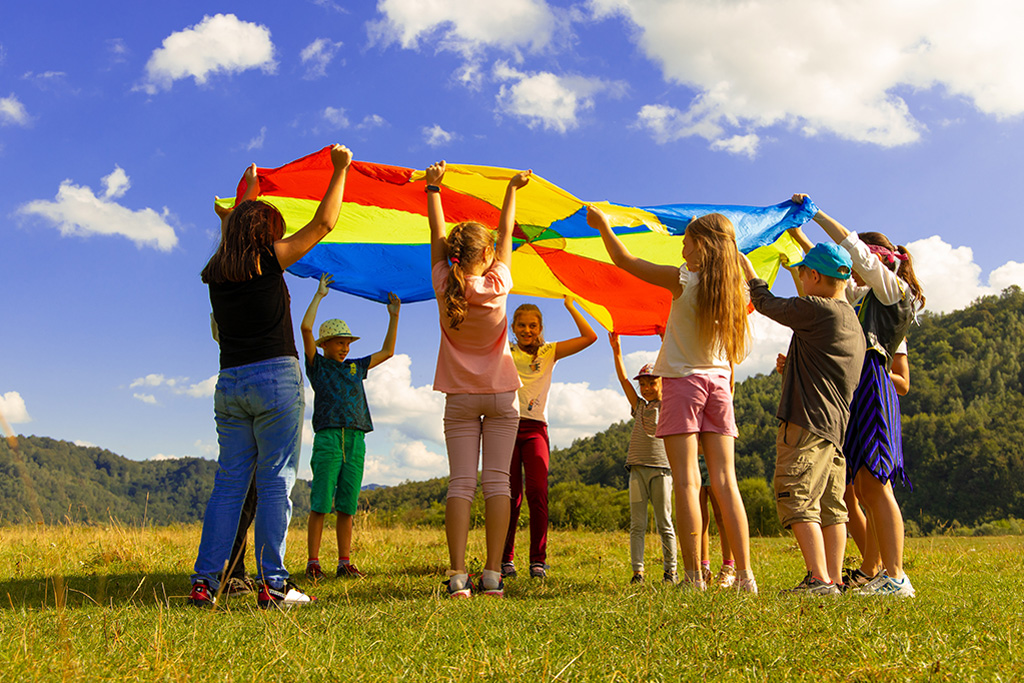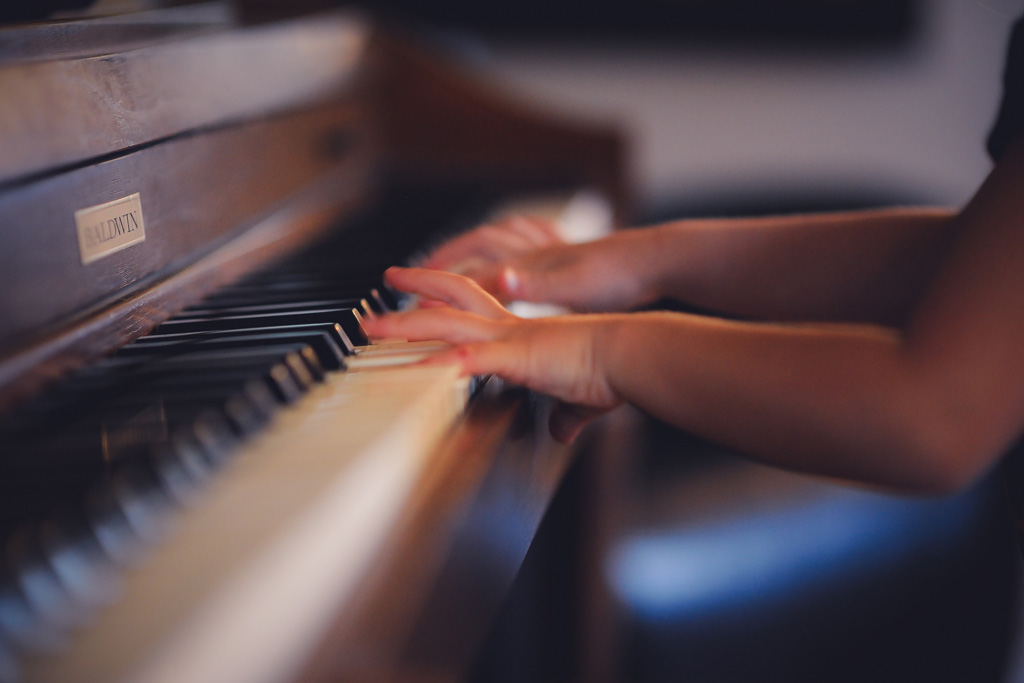Resilience
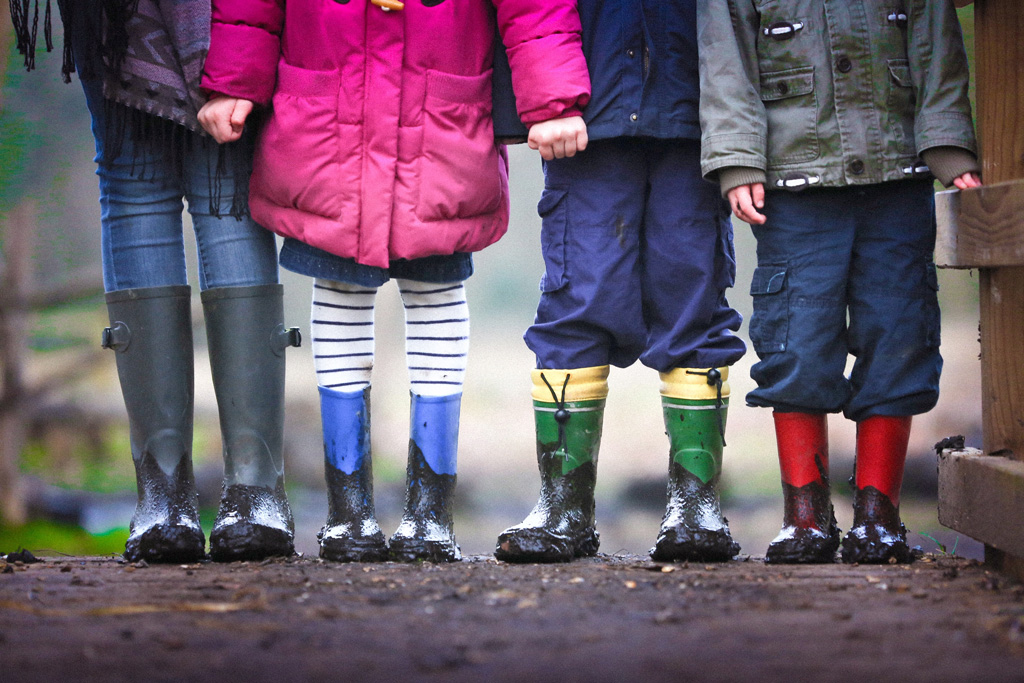
⏱️ 7 min read
Resilience
Resilience is what makes a child adaptable to their everyday (and not so everyday) life. It begins to build up from Pre-School years with the acceptance of bedtimes, bath times, eat times, and understanding that ‘No’ really means No. These tests that a young child experiences as part of their early, daily life, are a form of structure and gently build resilience with hardly any effort.
As a student, they need to sit still and listen to what the teacher says, get on with their work as instructed, participate in all sorts of activities they may or may not like at first, usually amongst other classmates. As for 11+, it’s highly demanding from as early as you begin the process of additional homework, further reading, probably tutoring too. Resilience is a foundational characteristic that comes to the fore in this competition for school places.

Experience produces resilience
The key to building children’s resilience is an early exposing to varied and nourishing experiences. Your child is learning from the very beginning of life and probably idealising their adventurous day ahead long before they’re able to describe it!
Scientific studies have shown that a toddler’s brain is much more flexible and open to new information than an adolescent’s brain, so there’s a reason to get going. Fortunately, ‘experience’ is easy to find and provide—everyday activities like going for a walk or playing a new game are meaningful and accessible. The older they are, the more they can try. Be ambitious, because canoeing a river or taking up chess, or simply travelling further afield will broaden experience beyond the norm.
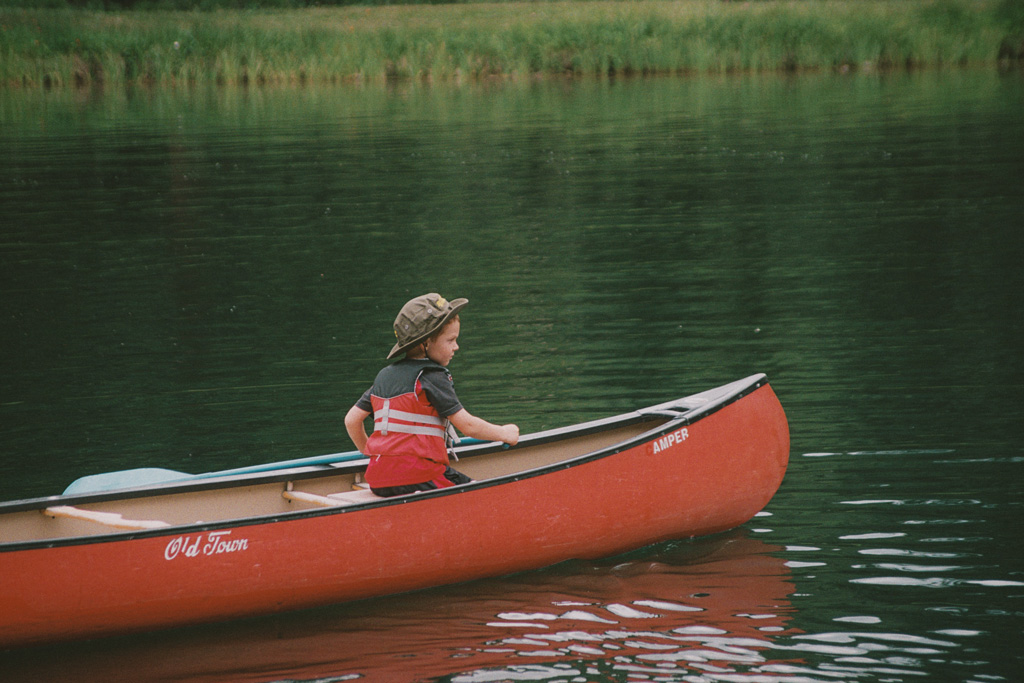

When new information is given to the brain, it changes how our neural network is connected—it influences the way we think and behave in a particular situation. As a result, learning takes place from a new piece of information.
This ability to change through growth and experience is called the brain’s plasticity. In other words, it is about how flexible or malleable our brain is, and how much learning can take place.
Many neuroscientists suggest that plasticity is much greater in a young child’s brain than in an adolescent’s brain. In 1999, a study by the University of California, Berkeley and the University of Washington found that, from 0 to 3 years old, the number of synapses (the gap where information is passed through) increases from 2500 to 15000 per nerve cell. What is more, several brain imaging studies from worldwide have revealed that unused synapses are removed to strengthen the used ones in late adolescence, decreasing its number to almost a half of a 3-year-old’s in some brain regions.
These study results indicate that a toddler’s brain can process much more information compared to older brains, making them more open and adaptable to various new learning.
Exposing children to more of the world unveils opportunities to see, hear and feel what is all around them. This exploration arouses curiosity and investigation, it reveals cans and cannots, leads to likes and compulsions, and poses challenges which in turn give rise to the concept of trying harder, persevering.
The wider the range of experience is, the more natural it becomes for one to uptake and accept all sorts of activities, tasks or challenges as they come. That by definition is resilience. At this point, a child’s journey of character-building has only just begun, but traits are beginning to set in nevertheless.

Building resilience naturally
Both physical and mental resilience are required in most aspects of our daily life, and most aspects of daily life can build that resilience quite naturally.
As the benefit of experience accumulates, a child’s comfort zone expands and their world opens up more possibilities.
Overcoming anything that at first seemed more resistible than fun, let’s say, unlocks a lot of positivity that’s worth having in the locker. When challenges are to some extent normalised through stages of exercise, regular and continuous practice, they simply become less challenging.
A child can best embrace physical challenges if they are accustomed to sweatiness, breathlessness and occasional muscle aches. These they can experience by walking to school or playing sports of almost any kind. Physical activity that tests stamina will also build stamina, itself a form of resilience like that deployed by the Primary School pupils who can read sixty-page novels, learn to play music or enjoy tests. The mental resilience in their locker wasn’t instant, it came through exercise.
Whenever some level of effort is required, and it almost always is, verve and tenacity will follow resilience, but never resistance. So the connection between natural resilience and a positive outlook on every challenge a child faces is clear—it’s intrinsic.
Whatever it is that your child faces, overcoming it is so positively self-rewarding that even the meaning of ‘effort’ alters. Everything becomes easier and enjoyment prevails.
Resilience in School
Pre-School and beyond, forever and ever almost, your child will be utilising their store of resilience. Some arrive at Primary School better prepared than others: more experienced, more resilient and maybe more keen to get into new ‘things’. That’s only the starting point, of course, but as I recall from school, we were moulded and characterised quite early on in our lives.
Inevitably, Primary School tests children’s resilience in all sorts of ways: from the set time for school dinners and a fixed menu, outdoor P.E. classes in any weather, school trips, or performing in a school play which is just daunting for people like me!
Children who have already experienced exposure and exploration are more likely to be open to the various experiences of school. While some children jump at the chance to be involved in particular activities, others dread them—that’s not quite a matter of resilience, nor resistance, more likely timing or confidence. While resilience is nurtured and cultivated throughout school life, confidence is likely to be tested and sometimes bruised.
Where there are outwardly confident children, there are also relatively ‘shy’ children. At least, they appear to be shy among their ‘confident’ peers at school. With praise and prizes pretty crucial to a child’s notions of doing well and so on, confidence can be successfully shared among all pupils in a class. Where it isn’t shared, however, I hope that the children aren’t labelled as ‘the best one’ or ‘the quiet one’, because unfortunately, some of these labels are difficult to detach.

Excelling, naturally
Firstly, excelling at Primary School is going to take some work. And any parents with academic ambitions for their child ought to come with some resilience too. But we can all do it, we can all try to find time for more study, certainly the children are able and ready to learn.
For resilient students, getting on with a set task during class time is a process they can tackle more naturally than others. Academic children often develop stamina for tests and testing, a liking for time pressure, and a taste for high scores. Those young students who hope to outperform others in exams will need to draw on their resilience, both in preparation and examination.
By 11+, for example, the more resilient students will be in the habit of working harder than others, making full use of what they have learnt in classes and from reading beyond. Resilient, and confident, pupils have the better fuel for these academic scenarios, being so accustomed to taking on experience, being so curious. With early exposure and exploration, resilience becomes a student’s natural trait—it becomes them.
For the best start and some ambitious study material, please come to learnest.xyz.

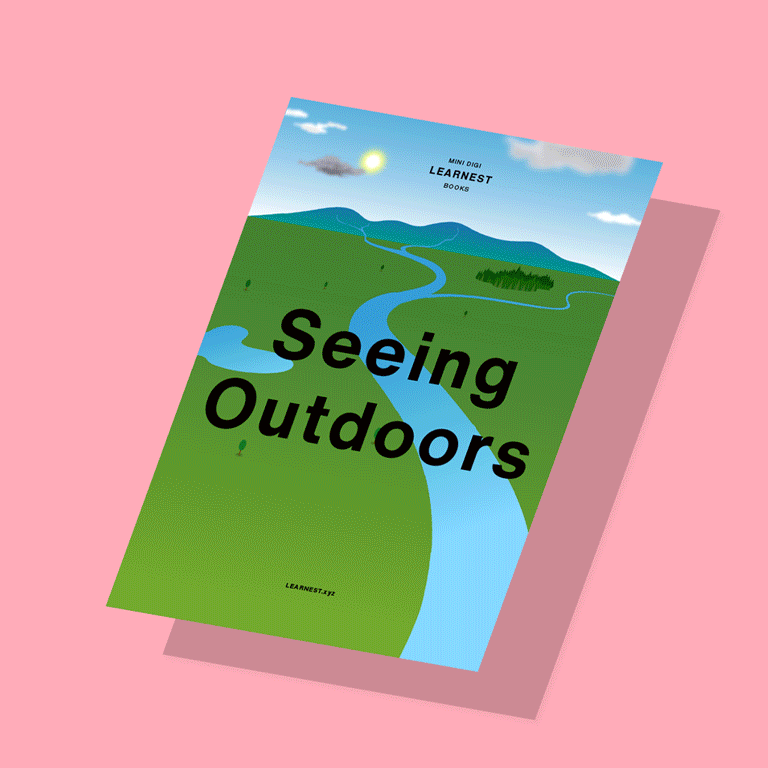
Posted 11 May 2022
Authored by Elliot Paine
Edited by Asano Katashima
2022 © All Rights Reserved. Learnest.xyz
